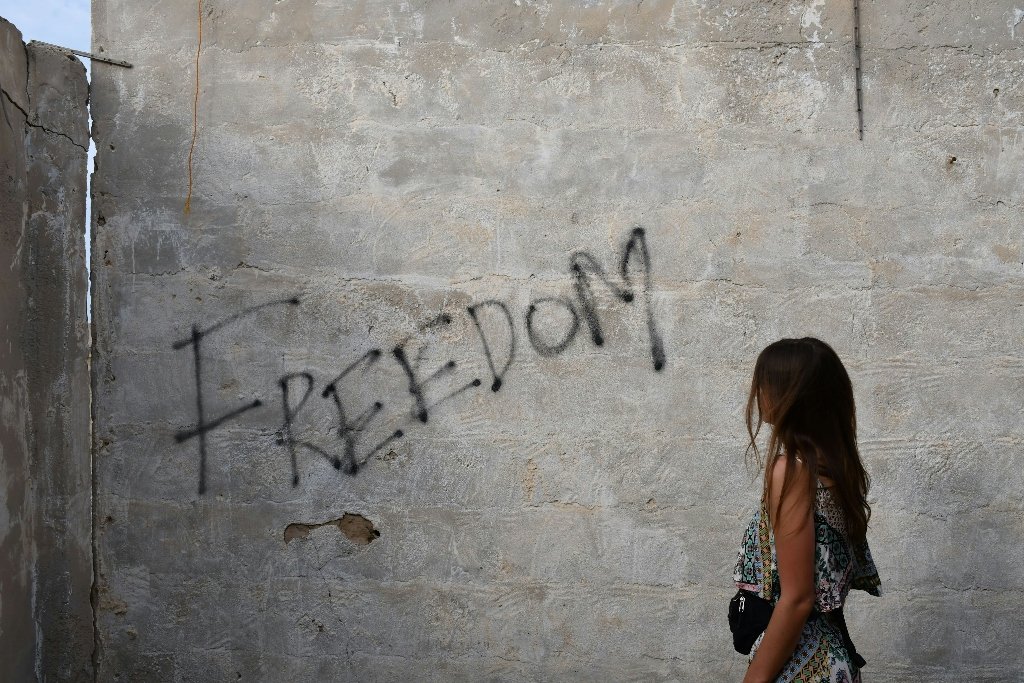For travelers who value justice, equity, and human dignity, certain places resonate on a deeper level. They are living reminders of the struggles, sacrifices, and triumphs that have shaped our collective pursuit of human rights.
Visiting sites where powerful movements began or still continue can be a transformative experience. They offer insights that no textbook or documentary can fully capture.
These destinations offer far more than photo opportunities or historical background. They challenge you to reflect, inspire action, and sometimes confront painful but necessary truths. They serve as powerful reminders of the work still to be done and the resilience of those who came before us.
Here are three must-visit places for anyone passionate about human rights. Along with each destination, you’ll find practical travel tips to help you explore these cities with awareness, respect, and safety.
#1 The National Center for Civil and Human Rights — Atlanta, Georgia, USA
Located in downtown Atlanta, this center is a living tribute to the past, present, and future of civil and human rights.
The center features immersive displays on the life and legacy of Dr. Martin Luther King Jr. It also offers thought-provoking installations on global human rights challenges. One of its most powerful exhibits is the “Lunch Counter” interactive. This experience simulates the tension and bravery of nonviolent protest. Together, these elements create a space that is both educational and emotionally impactful.
The center is currently in the midst of an exciting renovation. Two new wings totaling 24,000 square feet are under construction, set to expand its classroom space, event venues, and exhibits.
While the center will be temporarily closed from January through August 2025 to complete this major expansion, it will continue its mission off-site.
During this period, educational programs and events will take place in coffee shops and community venues around metro Atlanta. This will help keep activism and conversation alive even while the center’s doors are shut.
Travel Tip for Atlanta
While Atlanta is rich in history, travelers should exercise caution on the roads, especially during holidays. Wrong-way crashes on metro Atlanta highways have increased sharply. According to data from the Georgia Department of Transportation, fatalities from these incidents more than doubled between 2013 and 2022. Impaired driving, especially DUI, is a major factor.
The holidays see even more drunk and distracted drivers, making vigilance essential. If you’re renting a car, avoid late-night drives and consider using rideshare apps with highly rated drivers. And if you do find yourself in the unfortunate situation of a crash, don’t hesitate to contact an experienced auto accident lawyer in Atlanta.
Atlanta Personal Injury Law Firm notes that these professionals can help navigate insurance claims and investigate the accident. They work to secure compensation for medical bills and lost income. They also help hold negligent parties accountable.
While money can’t undo the damage, legal action may be the only path to justice and financial stability for grieving families.
2. Tuol Sleng Genocide Museum — Phnom Penh, Cambodia
The Tuol Sleng Genocide Museum offers a haunting yet vital glimpse into one of the darkest chapters in the country’s history. The museum is housed in a former secondary school that was turned into the infamous S-21 prison. It documents the brutal atrocities carried out during the Khmer Rouge regime between 1975 and 1979.
Within these walls, an estimated 14,000 to 17,000 people were imprisoned, interrogated, and tortured. Many were later executed at the Killing Fields of Choeung Ek.
The museum preserves the prison cells, instruments of torture, and thousands of photographic records of the victims. Many of those victims were teachers, doctors, students, and ordinary citizens. Walking through the eerie halls, visitors are confronted with the sheer scale of suffering inflicted by a totalitarian regime.
Travel Tip for Phnom Penh
When visiting sites like the Tuol Sleng Genocide Museum, dress respectfully. This is a deeply somber and sacred place that commemorates immense suffering.
Hiring a local guide is a great way to gain meaningful context and personal perspectives on Cambodia’s complex history. It can deepen your understanding beyond what you see at the sites.
Although Cambodia is generally safe for tourists, it’s best to steer clear of political discussions in public. Also, keep an eye on local travel advisories and follow any guidelines or updates to ensure a smooth and respectful experience.
3. Auschwitz-Birkenau Memorial and Museum — Oświęcim, Poland
Few places convey the depths of human cruelty and the vital importance of remembrance like Auschwitz. Located in Oświęcim, Poland, Auschwitz was the largest of the Nazi concentration and extermination camps during World War II. Over 1.1 million people, mostly Jews, were systematically murdered there.
Today, the site is preserved as the Auschwitz-Birkenau Memorial and Museum. It offers an unflinching look at the horrors of the Holocaust through original barracks, gas chambers, victims’ belongings, and powerful exhibits.
Walking through the grounds is an emotionally harrowing experience, yet essential for understanding the devastating consequences of hate, intolerance, and totalitarianism.
Travel Tip for Oświęcim
If you’re planning to visit the Auschwitz-Birkenau Memorial and Museum, it’s best to make reservations online in advance. Spots can book up fast, particularly during busy travel seasons. Set aside at least a full day for the visit. The site covers a large area, including both Auschwitz I and Auschwitz II-Birkenau.
If visiting in winter, dress warmly. Temperatures are low and much of the site requires walking outdoors. Bring water and tissues, and be prepared emotionally; the experience is intense and deeply moving.
The memorial site is easily accessible from Kraków, with regular trains and buses running to Oświęcim. This makes it a manageable day trip for most travelers.
FAQs
Can children visit these human rights landmarks?
Yes, most of these destinations allow children, but age-appropriateness varies. For example, the National Center for Civil and Human Rights in Atlanta offers interactive exhibits suitable for older children and teens. However, places like Tuol Sleng or Auschwitz are emotionally heavy and may not be suitable for young children without preparation.
Is photography allowed at these locations?
Photography policies differ. The National Center for Civil and Human Rights allows photos in most areas, but flash and video may be restricted. Sites like Auschwitz and Tuol Sleng allow respectful photography but prohibit it in certain rooms out of respect for victims. Always check posted rules and ask staff if unsure.
How can I support the mission of these places after my visit?
Many offer donation options, volunteer programs, or online educational resources. Sharing what you learned or recommending the site to others can help spread awareness. Supporting related advocacy organizations extends the impact of your visit well beyond your time there.
Overall, traveling as a human rights enthusiast isn’t about collecting stamps in your passport. It’s about bearing witness, learning history firsthand, and honoring the resilience of those who fought and continue to fight for justice.
At the same time, your journey must be informed and safe. A reflective traveler knows that respect, caution, and responsibility are just as important as curiosity and compassion.

